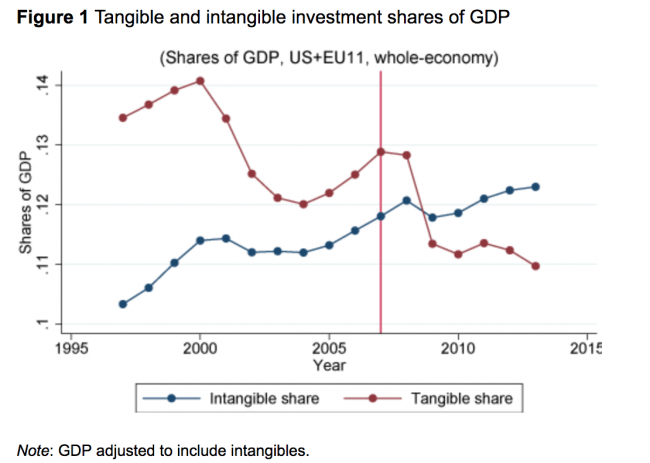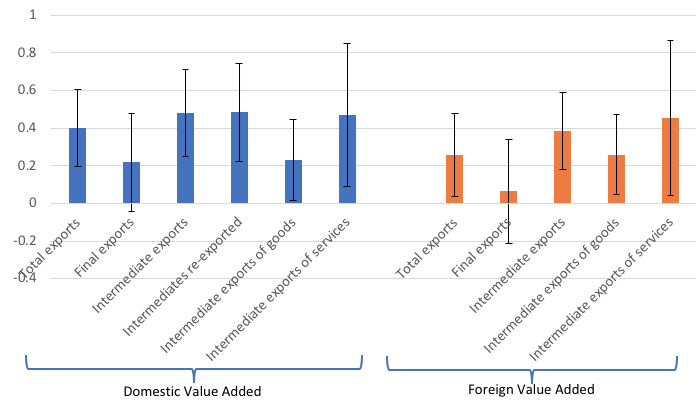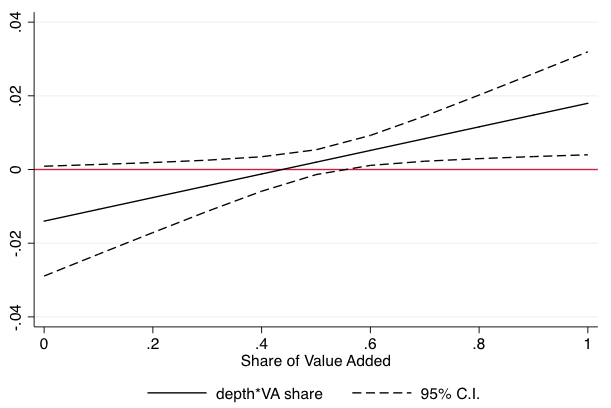http://understandingsociety.blogspot.com/2018/07/downward-causation.html
I've argued for the idea that social phenomena are generated by the actions, thoughts, and mental frameworks of myriad actors (link). This expresses the idea of ontological individualism. But I also believe that social arrangements -- structures, ideologies, institutions -- have genuine effects on the actions of individual actors and populations of actors and on intermediate-level social structures. There is real downward and lateral causation in the social world. Are these two views compatible?
I believe they are compatible.
The negative view holds that what appears to be downward causation is really just the workings of the lower-level components through their aggregation dynamics -- the lower struts of Coleman's boat (link). So when we say "the ideology of nationalism causes the rise of ultraconservative political leaders", this is just a shorthand for "many voters share the values of nationalism and elect candidates who propose radical solutions to issues like immigration." This seems to be the view of analytical-sociology purists.
But consider the alternative view -- that higher level entities sometimes come to possess stable causal powers that influence the behavior and even the constitution of the entities of which they are composed. This seems like an implausible idea in the natural sciences -- it is hard to imagine a world in which electrons have different physical properties as an effect of the lattice arrangement of atoms in a metal. But human actors are different from electrons and atoms, in that their behavior and constitution are in fact plastic to an important degree. In one social environment actors are disposed to be highly attentive to costs and benefits; in another social environment they are more amenable to conformance to locally expressed norms. And we can say quite a bit about the mechanisms of social psychology through which the cognitive and normative frameworks of actors are influenced by features of their social environments. This has an important implication: features of the higher-level social reality can change the dispositions and workings of the lower-level actors. And these changes may in turn lead to the emergence of new higher-level factors (new institutions, new normative systems, new social practices of solidarity, ...). So enduring social arrangements can cause changes in the dynamic properties of the actors who live within them.
Could we even say, more radically and counter-intuitively, that a normative structure like extremist populism "generates" behavior at the individual level? So rather than holding that individual actions generate higher-level structures, might we hold that higher-level normative structures generate patterns of behavior? For example, we might say that the normative strictures of patriarchy generate patterns of domination and deference among men and women at the individual level; or the normative strictures of Jim-Crow race relations generate individual-level patterns of subordination and domination among white and black individuals. There is a sense in which this statement about the direction of generation is obviously true; broadly shared knowledge frameworks or normative commitments "generate" typical forms of behavior in stylized circumstances of choice.
Does this way of thinking about the process of "generation" suggest that we need to rethink the directionality implied by the micro-macro distinction? Might we say that normative systems and social structures are as fundamental as patterns of individual behavior?
Consider the social reality depicted in the photograph above. Here we see coordinated action of a number of soldiers climbing out of a trench in World War I to cross the killing field of no mans land. The dozen or so soldiers depicted here are part of a vast army at war (3.8 million by 1918), deployed over a front extending hundreds of miles. The majority of the soldiers depicted here are about to receive grievous or mortal wounds. And yet they go over the trench. What can we say about the cause of this collective action at a specific moment in time? First, an order was conveyed through a communications system extending from commander to sergeant to enlisted man: "attack at 7:00 am". Second, the industrial wealth of Great Britain permitted the state the ability to equip and field a vast infantry army. Third, a system of international competition broke down into violent confrontation and war, leading numerous participant nations to organize and fund armies at war to defeat their enemies. Fourth, the morale of the troops was maintained at a sufficiently high level to avoid mass desertion and refusal to fight. Fifth, an infantry training regime existed which gave ordinary farmhands, workers, accountants, and lords the habits and skills of infantry soldiers. All of these factors are part of the causal background of this simple episode in World War I; and most of these factors exist at a meso- or macro-level of social organization. Clearly this particular group of social actors was influenced by higher-level social factors. But equally clearly, the mechanisms through which these higher-level social factors work are straightforward to identify through reference to systems of individual actors.
Think for a minute about materials science. The hardness of titanium causes the nail to scratch the glass. It is true that material properties like hardness depend upon their microstructures. Nonetheless we are perfectly comfortable in attributing real causal powers to titanium at the level of a macro-material. And this attribution is not merely a way of summarizing a long story about the micro-structure of metallic titanium.
I've generally tried to think about these kinds of causal stories in terms of the idea of microfoundations. The hardness of titanium derives from its microfoundations at the level of atomic and subatomic causation. And the causal powers of patriarchy derive from the fact that the normative principles of partriarchy are embedded in the minds and behavior of many individuals, who become exemplars, enforcers, and encouragers of compliant behavior. The processes through which individuals acquire normative principles and the processes through which they behaviorally reflect these principles constitute the microfoundations of the meso- and macro-power of patriarchy.
So the question of whether there is downward causation seems almost too easy. Of course there is downward causation in the social world. Individuals are influenced in their choices and behavior by structural and normative factors beyond their control. And more fundamentally, individuals are changed in their fundamental dispositions to behavior through their immersion in social arrangements.
-- via my feedly newsfeed



